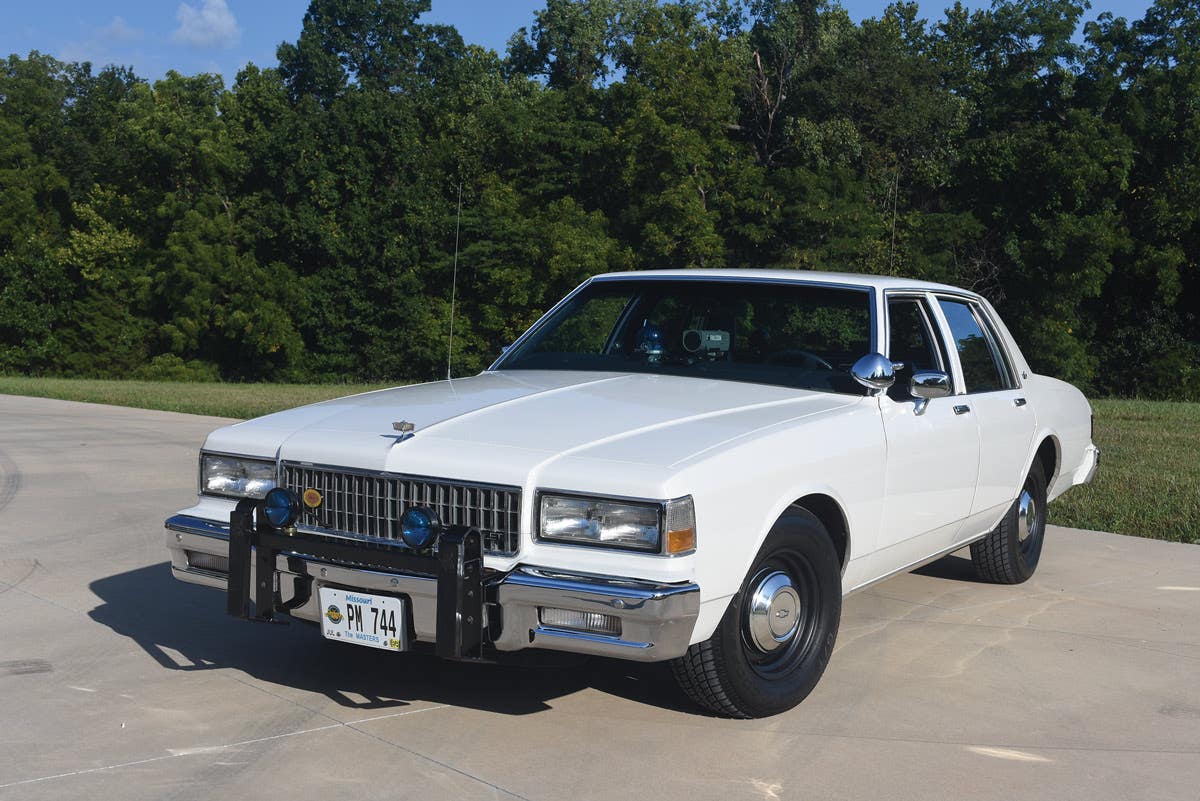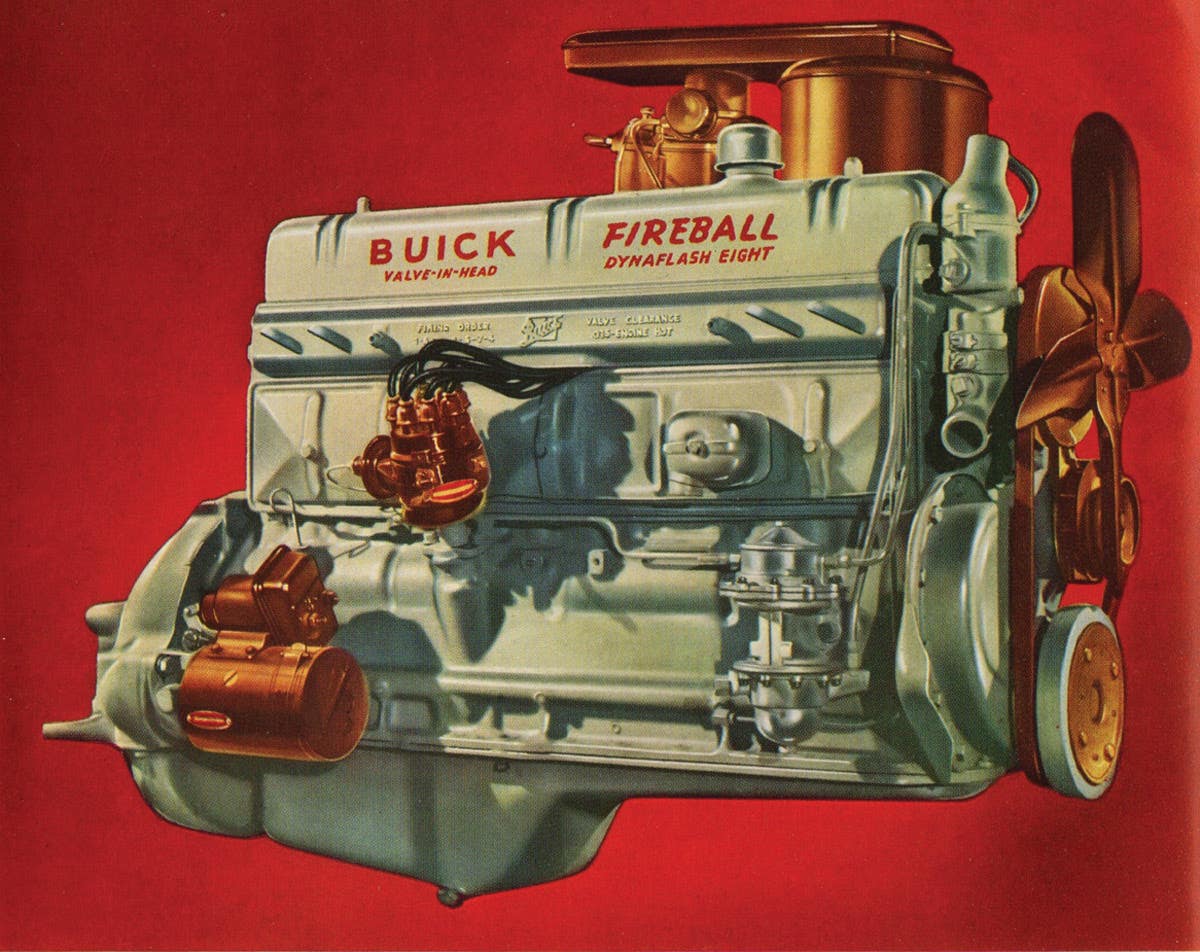Q&A with Kit Foster: August 2, 2012
Q. With respect to the last use of carburetors, I had a 1991 Jeep Grand Wagoneer with a Chrysler 360 and I think a two-barrel carburetor. I thought the car…
Q. With respect to the last use of carburetors, I had a 1991 Jeep Grand Wagoneer with a Chrysler 360 and I think a two-barrel carburetor. I thought the car performed pretty well until I drove it after driving other cars with fuel injection. The Jeep required a few pumps of the accelerator to start and tended to stall until it was fully warmed up.
Jay Harrison, Dallas, Texas
A. You’re right. I missed that one in my last answer about the last carbureted U.S. passenger car. Todd Crews also nominated the ’91 Wagoneer. Your Jeep didn’t have a Chrysler engine, though. The 360 in the Wagoneer was the last of the AMC V-8s, part of the third-generation so-called “tall deck” design that dated from 1970 and also included 304-, 390- and 401-cid versions. Jim Swank also had a 1991 Wagoneer with a carbureted 360, and a ’91 Ford Crown Victoria with a two-barrel 351 Windsor engine. I mentioned the police version of the Crown Vic before, but didn’t realize it lasted through 1991.
-------------------------------------------------------------
Q. I have a 1985 Buick Riviera with 23,000 original miles, VIN 1GE257Y6FE43322. Can you give me any information as to what these numbers represent and where was it produced? I don’t have a description plate that should be on the firewall. Is there any other way I can obtain one? Can you tell me what is meant by matching numbers and why it was produced with an Oldsmobile engine?
Pete Randazzo, West Palm Beach, Fla.
A. There are a couple of digits missing in your VIN, but I can figure out most of it. “1” means US-built, “G” is General Motors. This should be followed by “4” for Buick. “E” describes the passenger restraint system. I believe the “2” is actually “Z” for Riviera, and “27” means Riviera coupe. “Y” is an Olds-built 307-cid V-8, “6” a check digit and “F” signifies the 1985 model year. “E” represents Linden, N.J., assembly, and the following digits (there should be six of them) are sequential unit numbers, beginning at 400,001. “Matching numbers” means part of this VIN should appear on the engine block and possibly other parts. Although many GM cars have a firewall plate for color, trim and accessory information, according to the Krause Standard Catalog of American Cars 1976-1999 the one on your Buick should be on the radiator support or shroud. In 1977, only the Olds 350 was certified for California emissions, so GM began putting that engine in a number of non-Olds cars in the Golden State. That caused shortages in 49-state Oldsmobiles, so Chevy 350s were substituted. This caused great controversy, because GM divisions were still very parochial in nature, as were their customers. By the mid-1980s, though, there was widespread swapping of engines between divisions. The Olds 307 was used by all GM makes in various models through 1990.
-------------------------------------------------------------
Q. I just read about Francisco J. Castillo’s problem with his 1966 Chevy charging system (Q&A, June 21). I have had this problem on several older vehicles, and each time the problem was a grounded field. This could be in the generator, or most of the time, it was the field wire insulation that had deteriorated and was touching metal.
Allan Wideman, New London, Mo.
A. My thoughts were leaning in that direction, too. Mr. Castillo had replaced his voltage regulator twice, and the new parts seemed to be defective. That suggests that something other than the voltage regulator was causing new regulators to fail.
-------------------------------------------------------------
Q. I’m really stumped! I’ve had these two wooden wheels buried in the garage for 40 years and can’t find anyone who can provide an explanation of what they fit... other that it is a “big car,” but not an Essex. The tire size is 4.75-5.00 x 19. Any and all help would be greatly appreciated.
Perry Anthony, Knoxville, Tenn.
A. Actually, I think it’s probably a light car. “Big cars” tended to have six clamps holding the rim to the wheel. Hudson and Essex used six (although I see one Essex ad with five). Maxwell seems to have been a five-clamp car. Among the four-clamp makes I see 1920s Chevrolets, Overlands and examples of Billy Durant’s entry-level Star. A brake drum measurement might help narrow it down.
To submit questions to this column: E-mail angelo.vanbogart@fwmedia.com or mail to: Q&A, c/o Angelo Van Bogart, 700 E. State St., Iola, WI 54990-0001.
Got Old Cars?
If you don't subscribe to Old Cars Weekly magazine, you're missing out on the only weekly magazine in the car hobby. And we'll deliver 54 issues a year right to your mailbox every week for less than the price of a oil change! Click here to see what you're missing with Old Cars Weekly!
More Resources for Car Collectors:
- Classic car price guides, research, books, back issues of Old Cars Weekly & more
- Get expert restoration advice for your classic car
- Get car pricing, data and history all in one place
- Sign up for Old Cars Weekly's FREE email newsletter
- Need to buy or sell your classic car? Looking for parts or memorabilia? Search our huge online classified marketplace








